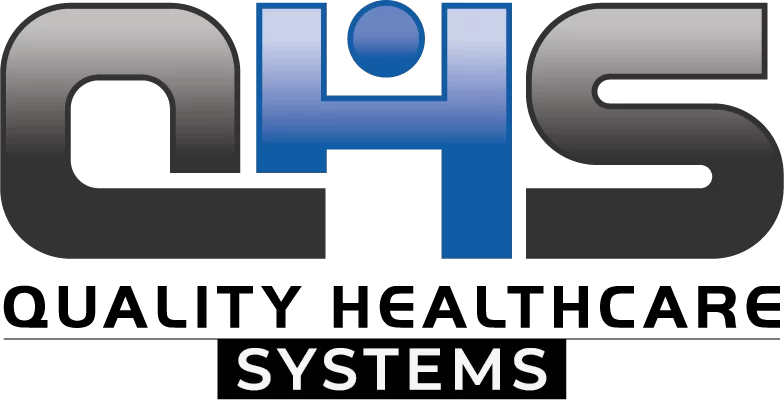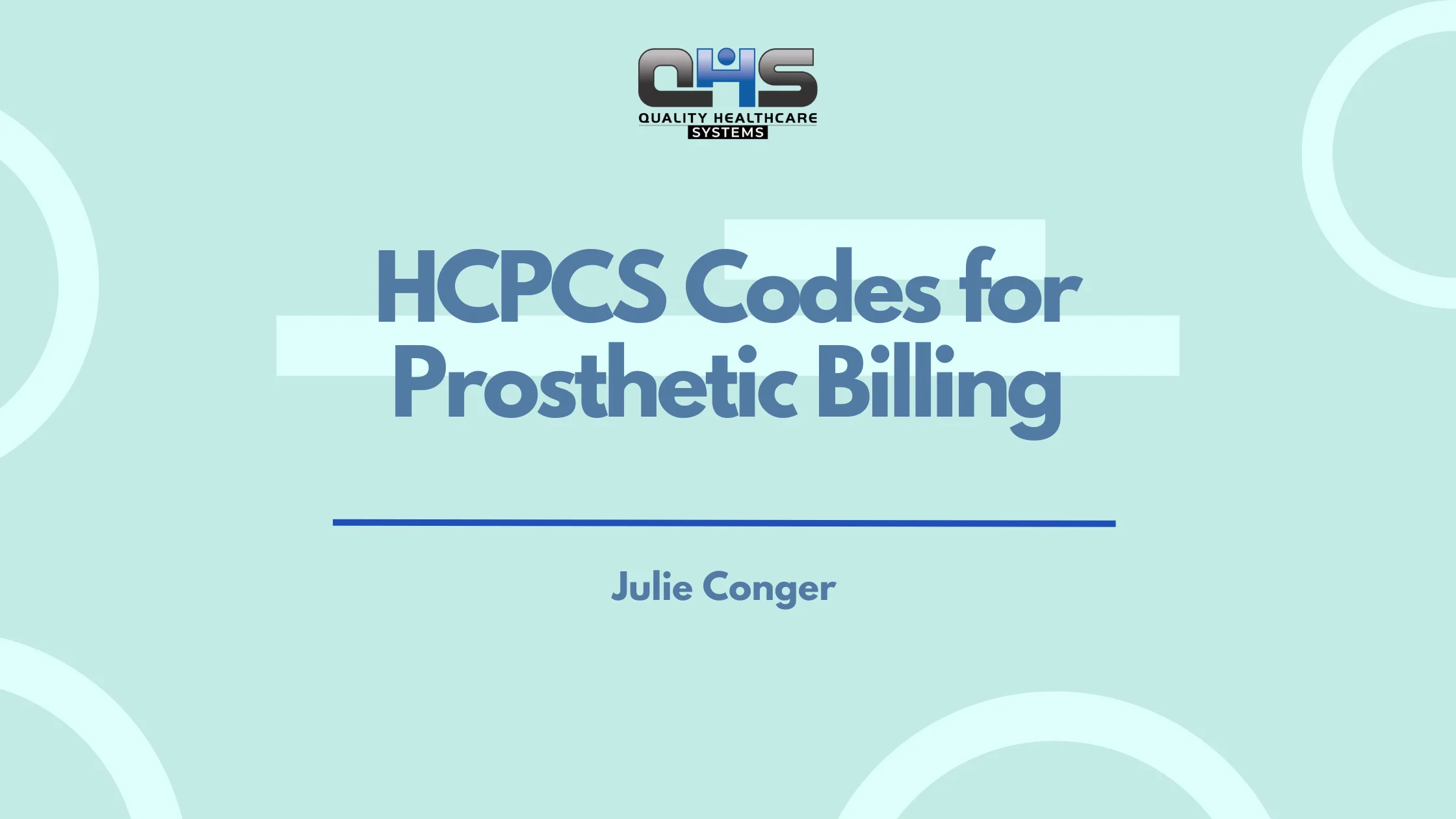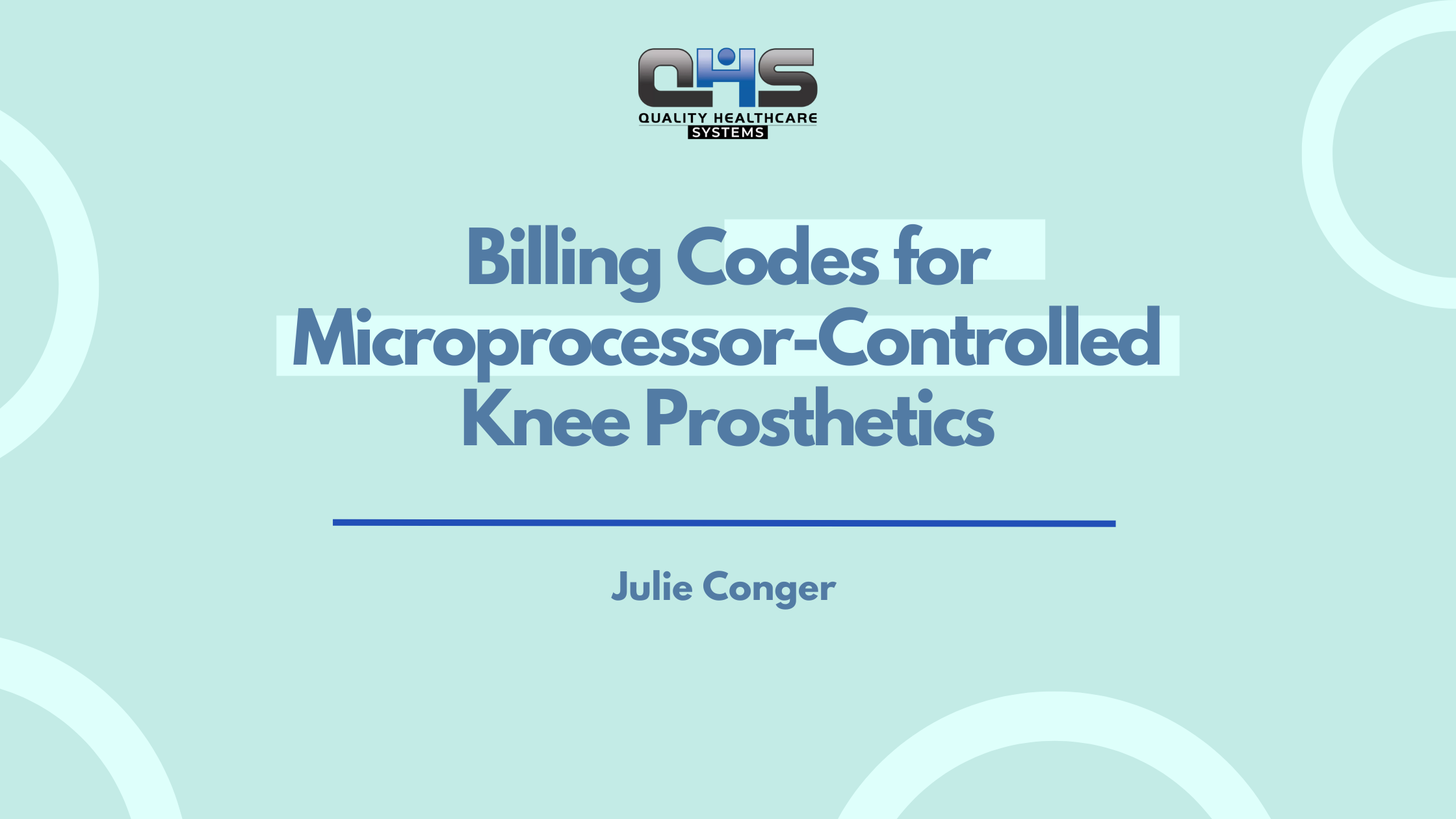HCPCS Codes for Prosthetic Billing are part of the standardized coding system used in the U.S. healthcare system to ensure accurate billing and reimbursement for prosthetic devices. These codes, primarily from the HCPCS Level II set, identify specific prosthetic components like artificial limbs, sockets, and liners. Used by Medicare and other insurance providers, HCPCS codes help streamline claims processing, reduce denials, and improve reimbursement timelines.
The Healthcare Common Procedure Coding System (HCPCS) consists of Level I (based on CPT codes) and Level II, which focuses on non-physician services such as durable medical equipment, prosthetics, orthotics, and supplies (DMEPOS). In prosthetic billing, L-codes under Level II are particularly essential.
These codes are used to bill for items such as prosthetic knees (e.g., L5810) or arm components (e.g., L6020). Understanding the correct application of these codes is vital for compliance and efficient payment.
Breaking Down the HCPCS Level II L-Codes for Prosthetics
L-codes are a subset of HCPCS Level II and are the backbone of HCPCS Codes for Prosthetic Billing. These alphanumeric codes range from L5000 to L7499 and cover a wide array of prosthetic devices. For example, L5700 refers to a below-knee molded socket, while L5620These codes must be used precisely to ensure reimbursement and avoid billing errors.
Modifiers are often used alongside L-codes to specify details such as the side of the body. For instance, RT indicates the right side, LT the left, and the KX modifier signifies that the supplier has documentation on file proving medical necessity.
| HCPCS Code | Description | Use Case |
|---|---|---|
| L5700 | Molded socket for below-knee limb | Lower limb prosthesis |
| L5620 | Above-knee frame-type socket | Lower limb prosthesis |
| L5810 | Knee component, polycentric | Advanced lower-limb device |
| L6020 | Partial hand prosthesis | Upper limb prosthesis |
| L6722 | Terminal device, voluntary closing | Functional upper extremity |
Each code aligns with specific components and services, so using outdated or incorrect codes can lead to claim denials or audits. Staying updated with CMS guidelines and referencing the annual HCPCS code book ensures accurate prosthetic billing practices.
How to Ensure Proper HCPCS Coding for Reimbursement Success
o ensure success when using HCPCS Codes for prosthetic billing, providers must prioritize documentation, code accuracy, and payer policy alignment. Each prosthetic component should be coded based on medical necessity and supported by detailed physician notes and prescriptions.
Medicare and private payers require that all claims be submitted using the most current HCPCS Level II codes. It’s also essential to confirm if prior authorization is needed—especially for high-cost prosthetic limbs. Coding errors, like using a general L-code when a more specific one exists, can easily result in payment delays or outright denials.
Also Read:
| ICD code for ankle fracture |
| ICD code for Hip Fracture |
| ICD-10 Code For L2 Compression Fracture |
| ICD-10 Code For Right Wrist Pain |
That’s where having a partner like QHS Health can make all the difference. Our expert billing team stays current with HCPCS updates, payer requirements, and DMEPOS billing standards to ensure your claims are accurate and audit-ready. We help you reduce coding errors, properly apply modifiers like KX, LT, and RT, and speed up reimbursements—so you can focus on providing quality care to your patients.
With QHS Health handling your prosthetic billing, you’ll spend less time worrying about compliance and more time growing your practice. Let us simplify your billing process—from eligibility checks to clean claim submissions—end to end.
Most Common Prosthetic Devices and Their HCPCS Codes
Knowing the most commonly billed items under HCPCS Codes for Prosthetic Billing helps streamline operations. Below is a list of frequently used L-codes for various prosthetic categories:
Lower Limb Prosthetics:
| HCPCS Code | Device Description |
| L5700 | Molded socket for below-knee prosthesis |
| L5810 | Knee component, polycentric, manual lock |
| L5968 | Endoskeletal ankle-foot system |
| HCPCS Code | Device Description |
| L6020 | Partial hand prosthesis |
| L6722 | Terminal device, hook, voluntary closing |
Sockets and Liners:
| HCPCS Code | Device Description |
| L5645 | Suspension sleeve, neoprene |
| L5673 | Suction socket for below-knee limb |
These codes must be paired with accurate modifiers and documentation to ensure proper reimbursement. Misusing these L-codes can lead to audits or denials. Staying current with the HCPCS quarterly updates ensures you use the most accurate codes for each prosthetic device and service.
HCPCS Billing Modifiers and Their Role in Prosthetic Claims
Modifiers are integral to the correct use of HCPCS Codes for Prosthetic Billing. They provide additional information that can affect claim processing and reimbursement. For instance, the RT (Right) and LT (Left) modifiers clarify the anatomical location of the prosthesis. The KX modifier indicates that the medical necessity documentation is on file.
Read:
Using modifiers improperly can result in payment delays or outright denials. It’s important to apply them only when supported by clinical records. Modifiers like GK (reasonable and necessary item/service associated with a GA modifier) or GY (item/service statutorily excluded) may also appear in edge cases.
Proper modifier use allows payers to process claims more efficiently, identify bilateral components, and verify compliance. Including them helps build a complete picture of the patient’s medical need, reducing ambiguity and the likelihood of claim issues.
How to Avoid Denials in Prosthetic Billing with Correct HCPCS Use
Avoiding denials when using HCPCS Codes for Prosthetic Billing depends on code accuracy, thorough documentation, and payer-specific requirements. Common reasons for claim denials include missing modifiers, coding mismatches, and lack of medical necessity evidence.
Ensure that all documentation—including clinical notes, measurements, and prescriptions—is current and matches the HCPCS codes being submitted. For instance, billing L5810 for a prosthetic knee must be supported by physician documentation indicating the need for that specific device.
- Also Read: Best Denial Management Companies in USA
Utilize pre-billing audits or claim-scrubbing software to catch errors before submission. Also, stay up-to-date with CMS coding changes and payer bulletins to avoid submitting outdated or deleted codes.
By aligning HCPCS billing with payer expectations and documentation standards, you improve approval rates, speed up reimbursements, and minimize the risk of audits or clawbacks.
Frequently Asked Questions
What is the difference between CPT and HCPCS codes?
CPT codes cover physician services, while HCPCS Codes for Prosthetic Billing fall under Level II and relate to prosthetic devices and non-physician services.
Do all prosthetic claims require prior authorization?
Not all, but many high-cost prosthetics do. Always check payer policies.
What happens if I use the wrong L-code?
The claim may be denied, delayed, or flagged for audit. Accuracy is essential.
How do modifiers affect prosthetic billing?
They provide context such as side of the body or medical necessity, helping ensure correct processing.
Where can I find updated HCPCS codes?
The CMS website, Medicare DMEPOS publications, and official HCPCS books provide current information.
Final Thoughts: Stay Compliant and Get Paid Faster
Mastering HCPCS Codes for Prosthetic Billing is essential for DME providers, prosthetists, and billing professionals. Accurate coding supported by robust documentation and correct modifier usage leads to faster reimbursements and fewer denials.
With ever-evolving CMS guidelines and payer rules, staying updated is non-negotiable. Use billing software, attend coding workshops, and regularly audit claims to reduce errors.
Outsourcing to a medical billing company familiar with prosthetic billing can also enhance efficiency and compliance. If you’re handling sensitive billing data, consider secure tools like PureVPN to maintain HIPAA-compliant remote access.
By optimizing your understanding and use of HCPCS Codes for Prosthetic Billing, you can significantly improve your practice’s financial health while delivering better service to your patients.






